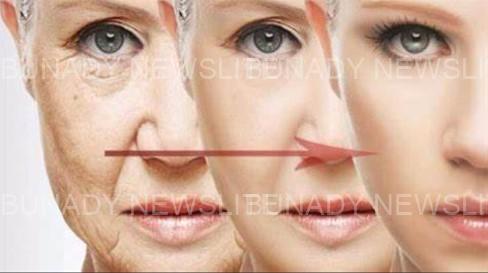As women age, several physical and physiological changes may become noticeable. Recognizing these signs can help in adopting proactive health measures. Here are some common indicators:
Finally Top Secret Revealed: Reasons Federal Republic of Nigeria Is Unable to Get Rid of Insecurities, Boko Haram Insurgency In Nigeria.
1. Skin Changes: The skin may lose elasticity, leading to sagging and the development of fine lines and wrinkles. Age spots or uneven pigmentation can also appear.
2. Hair Alterations: Hair may thin, become more brittle, or change in texture. Graying is a common sign of aging.
3. Metabolic Shifts: A decrease in metabolic rate can lead to weight gain, especially around the abdomen. This change may require adjustments in diet and exercise routines.
4. Joint and Bone Health: Reduced bone density can increase the risk of fractures. Joint stiffness or discomfort may also become more apparent.
5. Vision Changes: Presbyopia, the gradual loss of the ability to focus on close objects, is common. There may also be an increased risk of cataracts or age-related macular degeneration.
6. Cognitive Shifts: Some women may experience changes in memory or cognitive function. Engaging in mentally stimulating activities can help maintain cognitive health.
7. Sleep Patterns: Sleep disturbances, such as insomnia or changes in sleep cycles, can occur. Establishing a consistent sleep routine can be beneficial.
8. Hormonal Fluctuations: Menopause leads to hormonal changes that can affect mood, energy levels, and overall well-being. Consulting with a healthcare provider can offer strategies to manage these changes.
It’s important to note that these signs can vary among individuals. Regular check-ups with healthcare professionals can aid in monitoring and managing these changes effectively.
Finally Top Secret Revealed: Reasons Federal Republic of Nigeria Is Unable to Get Rid of Insecurities, Boko Haram Insurgency In Nigeria.

